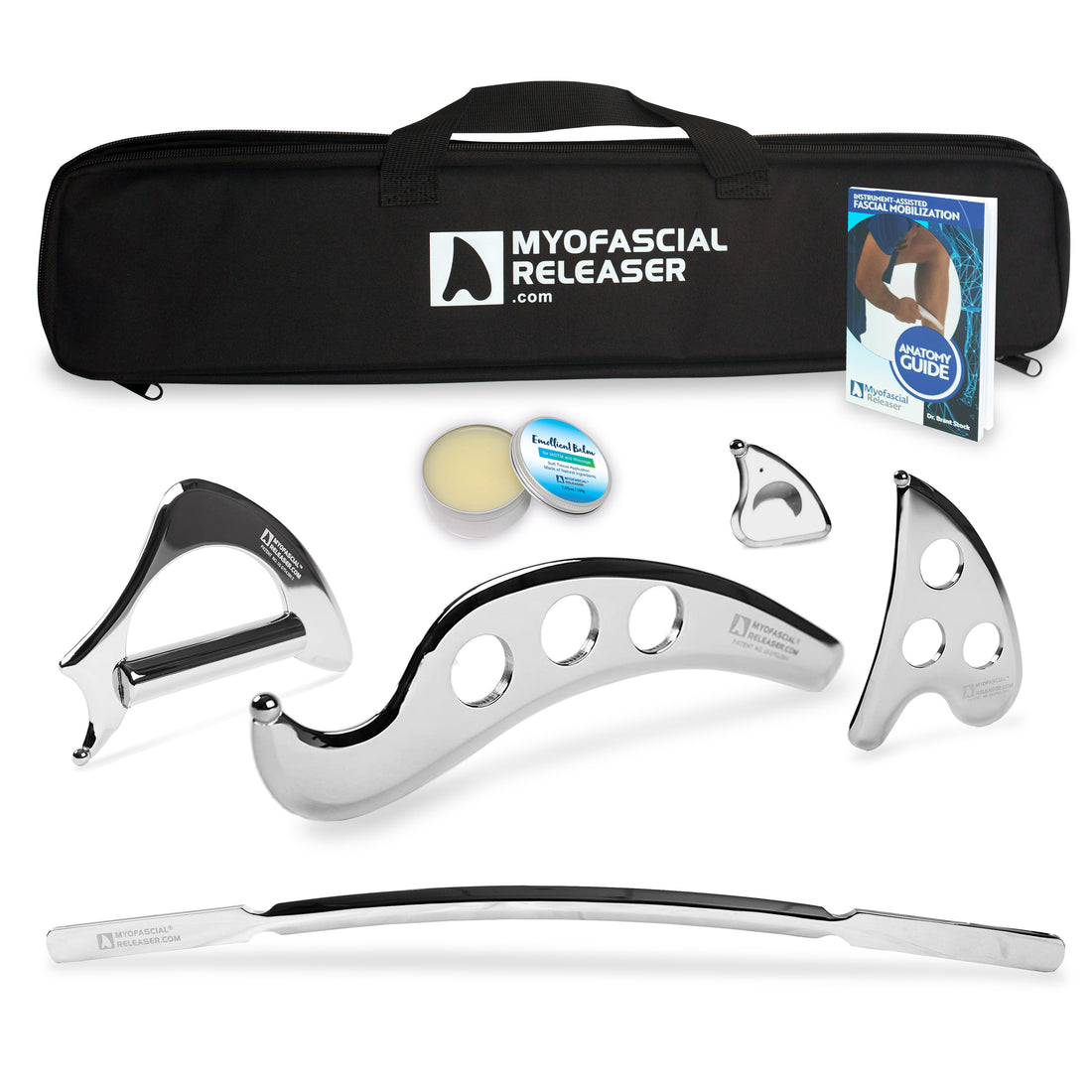
Accelerating Natural Healing
Share
Our bodies are amazing. They can heal themselves, and they do it all the time. In fact, our bodies heal so well that sometimes we don't even notice that we're healing something until years later. But there are some chronic pains that just won't go away — like a nagging knee injury from high school sports or tight muscles from sitting at your desk for too long. If you're experiencing chronic pain because of muscle tension, here's how you can start to get relief:
Chronic muscle pain, tension or tightness and the treatments for it.
You may have a lot of muscle pain, tension and tightness. The most common causes of muscle pain can be traced back to overuse or injury, but there's also another less-known reason for this condition: poor posture.
If you're reading this article on your phone right now, take a moment to check out what your neck looks like. If there's any curvature in it at all (and chances are there is), consider that your spine is literally shaped like an S curve! This means that the head sits higher than it should be when upright; if you think about how much time we spend standing upright throughout our daily lives—at work and at home—it becomes obvious why having chronic tightness up top can cause problems further down the line...
To treat chronic muscle tension and strain effectively we need to understand first where exactly it stems from (or causes). Lackluster posture often leads us into positions where certain areas get strained more than others (i e shoulder). By simply improving alignment through exercise or bodywork therapy we can alleviate some issues and prevent future ones from forming - which will result in better overall health without medication side effects or dependency issues associated with prescription drugs."
Myofascial release.
Myofascial release is a type of massage that's commonly used to treat pain and tightness in the muscles. It can be administered by a physical therapist or other healthcare professional, but you can also give it to yourself at home through exercises like foam rolling.
Regardless of whether you decide to do the work yourself or see a professional, myofascial release should always be done in conjunction with other treatments like chiropractic and physical therapy.
Instrument-assisted soft tissue mobilisation (IASTM).
-
Instrument-assisted soft tissue mobilisation (IASTM). This technique uses tools to break up scar tissue and tightness in muscles. It's often used to treat chronic pain, but it can also be used as a standalone treatment.
In order for IASTM to work effectively, it's important to find the right tool for the job—a good practitioner will have several on hand and know how to use them properly. Most commonly, these tools are made from hard materials like stainless steel or aluminum oxide grit with handles that allow you to apply pressure evenly across your skin.
IASTM is often used in combination with other treatments such as physical therapy or acupuncture because it's not meant as a standalone cure; however, many people report success using only this technique alone after trying everything else they could think of first.
PNF stretching.
One of the most effective ways to get in touch with your muscles is by doing PNF stretching. This technique is a form of static stretching that uses the body's natural reflexes to lengthen muscle tissue. PNF stands for proprioceptive neuromuscular facilitation, which means it focuses on the eccentric phase of muscle contraction (the part where a muscle contracts while lengthening). The protocol involves holding a stretch for 30 seconds, followed by an involuntary contraction (called an "eccentric" movement), and then repeating this process three times. It's used primarily for rehabilitation work and treating muscle tightness, spasms and pain.
These techniques can heal chronic pain
Chronic pain is a serious problem, but there are many natural healing techniques that can help. Many of these treatments focus on correcting the tightness of muscles and connective tissues, which are often responsible for causing chronic pain. Treatment options include:
-
Myofascial release (also known as "myo" or MFR)
-
Instrument-assisted soft tissue mobilization (IASTM)
-
PNF stretching
Conclusion
Treating chronic pain is a tricky thing to do. Some people find it easy, some people don’t. The important thing is that you should always be open-minded about new treatments and try everything before deciding on something specific for yourself. In this article we have discussed some of the most common methods used by physical therapists to treat chronic pain.
